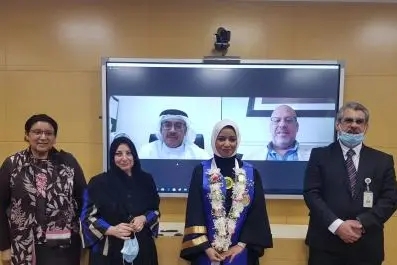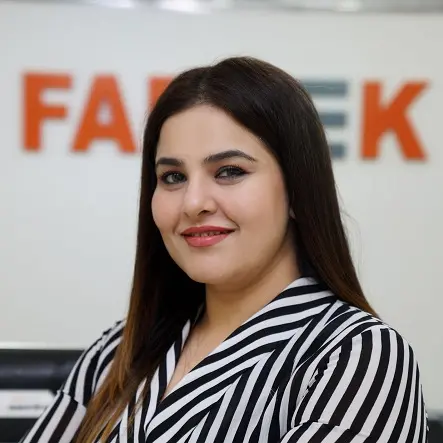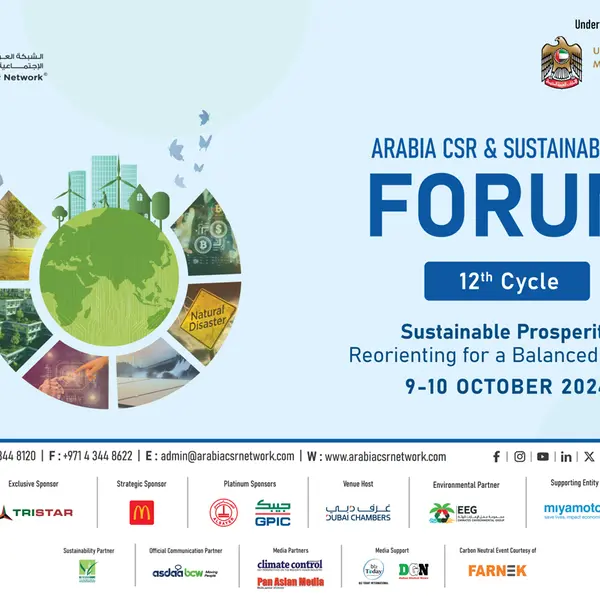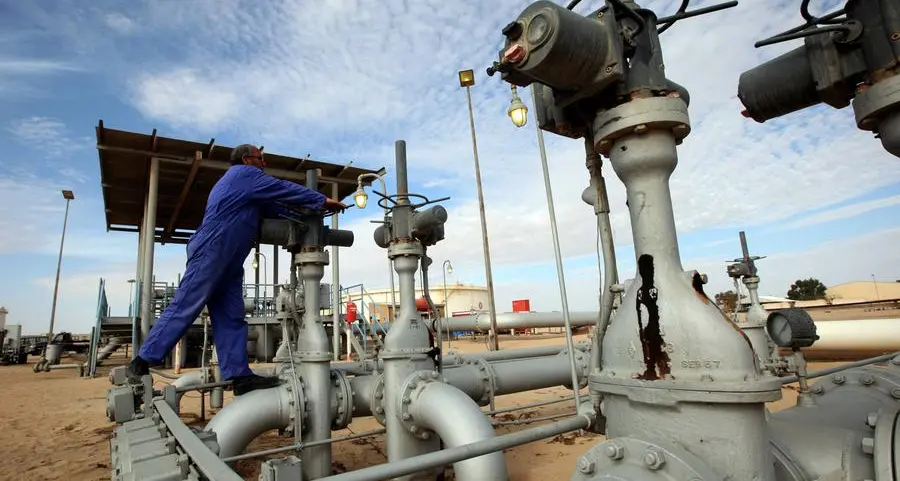PHOTO
Manama-AGU: The Arabian Gulf University (AGU) recently hosted a discussion on studying the status of seagrass areas in the territorial waters of the Kingdom of Bahrain. The discussion highlighted the results of a study titled "Spatial and Temporal Changes in Seagrass Lawns in the Kingdom of Bahrain Using Reference Points and Satellite-based Modeling" that was conducted by Researcher in the College of Graduate Studies (CGS) Ms. Al Anood Fahad Al Khatlan.
The researcher said during the discussion that areas of high density seagrass that are located in the south-eastern parts of the Kingdom of Bahrain are highly exposed to drilling and reclamation operations resulting from the construction of many coastal projects since the year 2000.
She explained that her study aimed to determine the most controlling factors of the density and distribution of seagrass in the Kingdom's territorial waters, clarifying that she had tested 25 different drilled and reclaimed locations that were previously studied in the 1980s.
The discussion of Ms. Al Khatlan's study, which was supervised by Dr Thamer Salem Al Dawood, Dr Abdulrazzaq Banari and Dr Asmaa Ali Abahussain, came as part of the requirements to obtain a PhD degree from AGU. It examined the possibility of utilising the Landsat programme in distinguishing and surveying seagrass in Bahrain, in addition to surveying the carbon stored in the seagrass biomass and surrounding sediments during the last 30 years.
Elaborating further, Ms. Al Khatlan said: "The field measurements included the measurement of depth, temperature, salinity, dissolved oxygen, pH, turbidity, total dissolved salts and sediment type. The seagrass bed was extracted using a drill cube to analyse the carbon in both biomass and sediments based on different relative densities of the cover. Underwater images were also taken to identify vegetation for each site using the ISODAT unattended classification and Landsat OLI visuals were also uploaded simultaneously with the field work."
The results of the study showed that the factors affecting the distribution of seagrass cover are the pH, depth, dissolved oxygen and sediment type. The study confirmed that remote sensing sensors such as OLI are able to accurately predict vegetation density in a way that is appropriate to monitor the spatial and temporal change in seagrass.
The study also affirmed the need to expand to test the entire territorial waters of the Kingdom of Bahrain with the aim of obtaining data on density, plant height and distribution, and to follow the temporal change of it as a result of seasonal changes and the expected impacts of climate change.
--Ends--
© Press Release 2020
Disclaimer: The contents of this press release was provided from an external third party provider. This website is not responsible for, and does not control, such external content. This content is provided on an “as is” and “as available” basis and has not been edited in any way. Neither this website nor our affiliates guarantee the accuracy of or endorse the views or opinions expressed in this press release.
The press release is provided for informational purposes only. The content does not provide tax, legal or investment advice or opinion regarding the suitability, value or profitability of any particular security, portfolio or investment strategy. Neither this website nor our affiliates shall be liable for any errors or inaccuracies in the content, or for any actions taken by you in reliance thereon. You expressly agree that your use of the information within this article is at your sole risk.
To the fullest extent permitted by applicable law, this website, its parent company, its subsidiaries, its affiliates and the respective shareholders, directors, officers, employees, agents, advertisers, content providers and licensors will not be liable (jointly or severally) to you for any direct, indirect, consequential, special, incidental, punitive or exemplary damages, including without limitation, lost profits, lost savings and lost revenues, whether in negligence, tort, contract or any other theory of liability, even if the parties have been advised of the possibility or could have foreseen any such damages.











